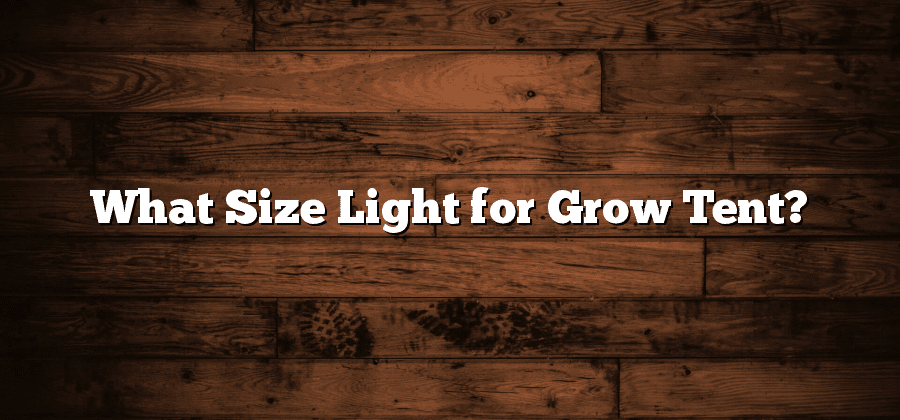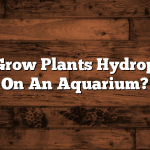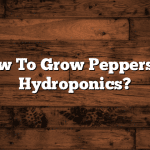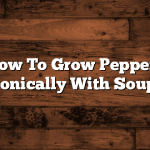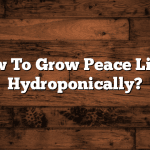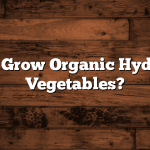Light Intensity Requirements for Optimal Plant Growth
To achieve optimal plant growth, it is essential to understand the light intensity requirements of your plants. Light intensity refers to the amount of light that reaches the surface of the plant, and it plays a crucial role in photosynthesis. Different plants have varying light intensity needs, which can be influenced by factors such as the plant species, growth stage, and environmental conditions.
For most plants, a light intensity range of 2000 to 4000 foot-candles (fc) is considered ideal. However, it is important to note that some plants may require higher or lower light intensity levels. It is recommended to consult specific plant care guidelines or seek advice from horticulture experts to determine the optimal light intensity for your particular plant species. Providing the correct light intensity ensures that your plants receive the appropriate amount of energy to carry out photosynthesis, promoting healthy growth, and development.
Understanding the Different Types of Grow Lights
There are several different types of grow lights available on the market today, each with its own unique features and benefits. One of the most common types is fluorescent lights, which are popular for their energy efficiency and affordability. These lights emit a cool, white light that is ideal for seedlings and young plants. Fluorescent lights are also available in various sizes and wattages, making them suitable for a wide range of indoor gardening setups.
Another popular type of grow light is the high-intensity discharge (HID) light. HID lights are known for their intense, bright light output, making them great for flowering and fruiting stages of plant growth. There are two main types of HID lights: metal halide (MH) and high-pressure sodium (HPS). MH lights emit a bluish-white light that is ideal for vegetative growth, while HPS lights emit a reddish-orange light that promotes blooming and fruiting. Both types of HID lights require special ballasts to operate and produce a significant amount of heat.
Evaluating the Size and Layout of Your Grow Tent
When setting up a grow tent, it is essential to carefully evaluate the size and layout to ensure optimal plant growth. The size of the grow tent will greatly depend on the number and size of plants you plan to cultivate. Consider both the height and width of the tent to ensure there is ample space for the plants to grow to their full potential. It’s important to remember that overcrowding the tent can not only limit the plants’ ability to receive adequate light and air circulation but also increase the risk of pest and disease outbreaks.
In addition to size, the layout of the grow tent is equally important. Consider the placement of the grow lights and ventilation system to ensure efficient and uniform distribution of light and fresh air. It is recommended to position the grow lights at an optimal height and angle to evenly cover the entire plant canopy. Take into account the space required for the ventilation system to effectively remove heat and maintain the ideal temperature and humidity levels inside the tent. Proper layout planning will not only maximize the growth potential of your plants but also facilitate convenient access for maintenance and harvesting.
Determining the Light Coverage Area Needed
Determining the light coverage area needed for your grow tent is a crucial step in ensuring optimal plant growth. This calculation allows you to provide the right amount of light to every plant, promoting healthy photosynthesis and vigorous development. To determine the light coverage area, you need to consider the type of plants you are growing, their light intensity requirements, and the wattage or output of your chosen grow lights.
Firstly, you should consult the recommended light intensity requirements for your specific plants. Different plants have varying needs, with some requiring higher light levels than others. This information can usually be found on seed packets or provided by horticultural experts. Once you have determined the light intensity requirements, you can calculate the coverage area based on the output of your grow lights. It is important to note that not all grow lights deliver the same intensity or coverage. LED lights, for example, have a more focused beam and may require positioning closer to the plants for adequate coverage. On the other hand, fluorescent or HID lights may cover a larger area but have different light output characteristics. By taking these variables into account, you can accurately determine the light coverage area for your plants, ensuring they receive the optimal amount of light for healthy growth.
Assessing the Heat Output of the Grow Light
Assessing the heat output of the grow light is an essential factor to consider when creating a successful indoor gardening environment. Excessive heat can damage plants and lead to poor growth, while insufficient heat can hinder their development. Therefore, finding the right balance is crucial for optimal plant health.
One way to evaluate the heat output of a grow light is by looking at its wattage and heat dissipation capabilities. Higher-wattage lights tend to produce more heat, so it’s necessary to consider the size of your grow tent and the number of lights being used. Additionally, certain types of lights, such as high-intensity discharge (HID) lights, may generate more heat compared to other options like light-emitting diodes (LEDs). By understanding the specific heat output of the grow light you choose, you can adjust ventilation and cooling systems accordingly to maintain a suitable temperature range for your plants.
